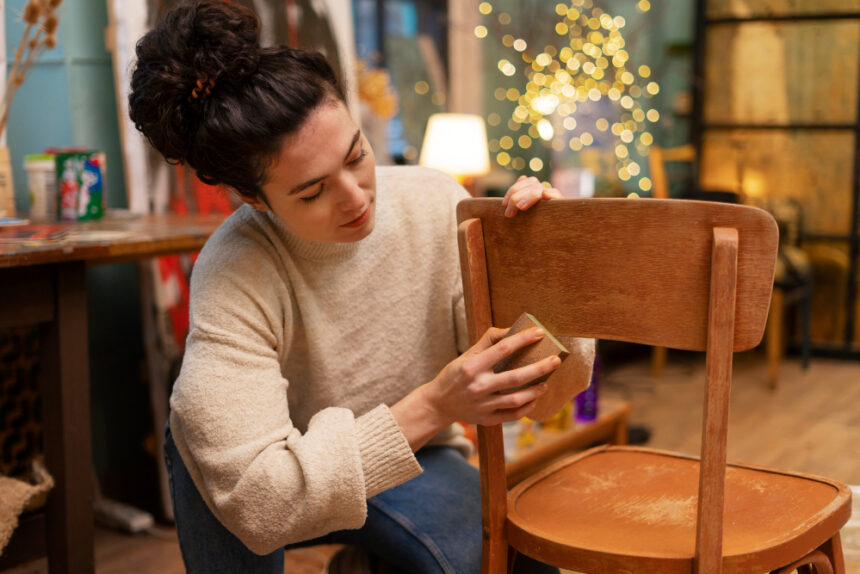“Whether or not you need to oil your wood furniture depends on the type of wood and finish. Oiled finishes protect the wood from moisture and dirt, but they can darken the wood over time. Unfinished wood is more susceptible to damage, so it should be oiled regularly.”
Introduction:
Wood furniture is a beautiful and durable addition to any home. However, it requires proper care and maintenance to keep it looking its best. One of the most important questions that homeowners ask is whether or not they need to oil their wood furniture. The answer to this question depends on a number of factors, including the type of wood, the finish, and the climate.
Types of Wood:
Different types of wood have different needs when it comes to oiling. Hardwoods, such as oak, maple, and cherry, are more resistant to moisture and damage than softwoods, such as pine and fir. As a result, hardwoods do not need to be oiled as often as softwoods.
Finishes:
The type of finish on your wood furniture will also determine how often you need to oil it. Unfinished wood is more susceptible to damage from moisture and dirt, so it should be oiled regularly. Oiled finishes protect the wood from moisture and dirt, but they can darken the wood over time. Lacquered finishes are more durable than oiled finishes, but they can also be more expensive.
Climate:
The climate in which you live can also affect how often you need to oil your wood furniture. In humid climates, wood furniture is more likely to absorb moisture, which can lead to warping and damage. In dry climates, wood furniture is less likely to absorb moisture, so it may not need to be oiled as often.
Benefits of Oiling Wood Furniture:
Oiling wood furniture has a number of benefits, including:
- Protects the wood from moisture and dirt
- Prevents the wood from drying out and cracking
- Enhances the natural beauty of the wood
- Makes the wood more resistant to scratches and dents
How to Oil Wood Furniture:
If you decide that you need to oil your wood furniture, there are a few things you need to do to ensure that you do it properly. First, clean the furniture with a damp cloth to remove any dirt or dust. Next, apply a thin coat of oil to the furniture using a soft cloth. Allow the oil to penetrate the wood for a few minutes, then wipe off any excess oil with a clean cloth.
Types of Oil to Use:
There are a variety of different oils that you can use to oil your wood furniture. Some of the most popular options include:
- Linseed Oil: A traditional oil that provides a durable finish.
- Tung Oil: A waterproof oil that is ideal for outdoor furniture.
- Danish Oil: A blend of oils that is easy to apply and provides a beautiful finish.
- Mineral Oil: A food-grade oil that is safe to use on furniture that comes into contact with food.
Conclusion:
Oiling your wood furniture is an essential part of its care and maintenance. By protecting it from moisture, scratches, and wear, oiling helps to preserve its beauty and extend its lifespan. Whether you have a new or antique piece of wood furniture, oiling it regularly will ensure that it remains a cherished part of your home for years to come.







